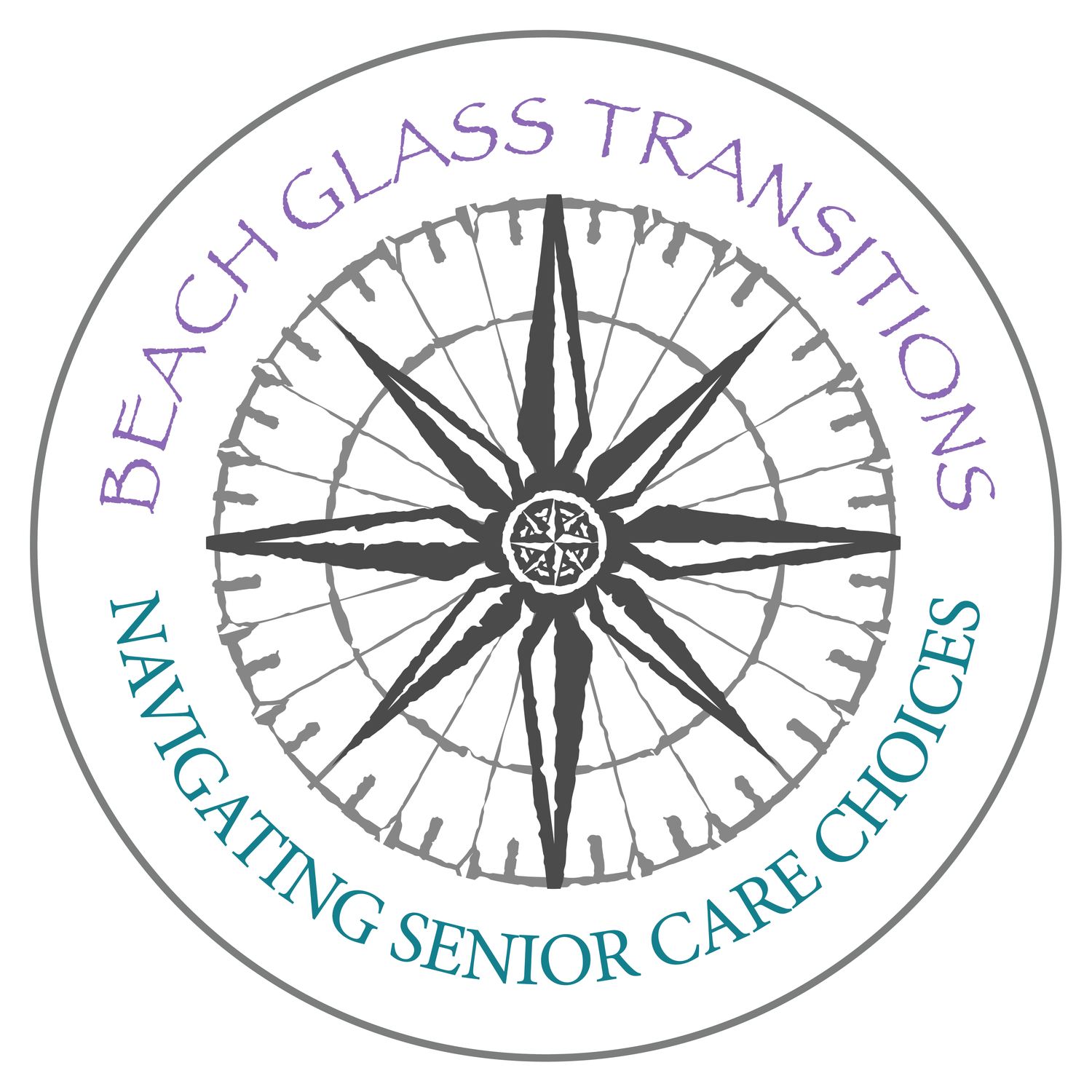Independent Living
/Overview
On the spectrum of senior living options, Independent Living falls somewhere between Retirement Communities and Assisted Living in service offerings. Like a Retirement Community, residents live independently in small apartments or houses without assistance with Activities of Daily Living (ADLs). Often there are amenities such as restaurants, salons, libraries, and wellness centers onsite, as well as scheduled social activities. This makes them an attractive option for seniors who are no longer driving.
Some support systems are in place for those who may want assistance with light housekeeping, laundry, and/or meal preparation (usually only one meal per day is included, but there is the option of buying more meals). There is often a 24-hour staff member on duty in case residents encounter an emergency, and some communities have homes set up with emergency pull-cords or pendant monitoring systems in case of a fall.
Independent Living and the level of services available may vary greatly from one community to another. In some cases, Independent Living Communities may be associated with Continuing Care Retirement Communities, where residents can transition from independent living to assisted living or nursing care within the same community as their needs change.
Best Suited For
Older couples or individuals that are relatively healthy and independent, but prefer the companionship, comfort, and safety of community living. The proximity to help in the event of emergency is paramount.
Costs
The range is $2,000 - $5,000 per month for rent, and additional services can have secondary costs. Sometimes it is based on a month-to-month lease. Other times IL Communities have a membership or “buy in” model that requires residents to put a large upfront deposit on their apartment or cottage and maintain a monthly fee that ranges from $1,000-$4,000 per month. When the resident either moves out or passes away, usually that original “buy in” is returned to their estate, less about 10%.
This is can be a good deal for the right family, but be sure to make sure you understand all the rules about the money return. Sometimes there are delays that might effect you; for example, they may only return your investment when a new resident moves into your space. So if it takes them 6 months to get a new resident you might not get your money back right away. This is something you will have to consider if you need to transition into Assisted Living and you are counting on those assets to fund the transition.
Advantages
Great amenities such as onsite pools, golf courses, gyms, and social activities.
Building and grounds maintenance are included.
Age-restricted communities ensure a quiet and calm environment - no noisy, late-night neighbors!
Disadvantages
Can be expensive when compared to non-community living, and the house or apartment sizes may feel small, especially for the cost. Not covered by Medicaid or long-term care insurance.
Typically, no assistance with ADLs or help inside the apartment or home; it is common that residents eventually have to utilize a home care agency for personal care or medical help as their health declines, or they may have to move into an assisted living environment if home care is no longer financially or medically viable.
Just like with Retirement Communities, your choice in Independent Living Community may come down to your budget. Finding the right balance between affordability and availability of amenities and support can be difficult, and it may require some compromise.
Insider Tips: What to Look For
Since the level of service varies greatly from one Independent Living Community to the next, it is important to determine what your loved one needs in services and social stimulation before choosing a community. Independent Living Communities that closely resemble Retirement Communities may offer, for instance, no housekeeping, while those that offer more Assisted Living type services may not offer a full kitchen in the apartment.
Make sure the level of support offered in your community of choice matches the needs of your loved one. Specifically inquire about meals, laundry, and housekeeping. Also, it is good to know if they have an emergency monitoring system is in place, and whether a nurse can be made available if ever needed. It is unlikely that a nurse would be on staff daily, but one might be available on call to residents.
Regarding social activities, ask if there are community events. Many communities will welcome you to attend a few events as a guest to see if it is a good social fit. If you have family that visits from out of town, ask if there is a guest apartment available in the community.
If your loved one is unable to drive, evaluate whether the community setup meets her basic needs with onsite access to amenities and/or transportation to the surrounding towns.

